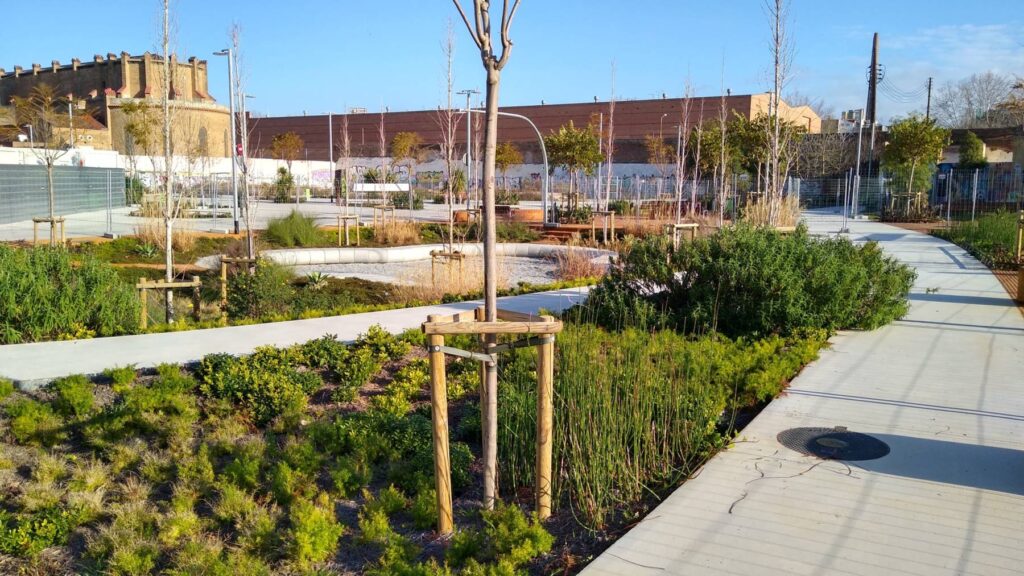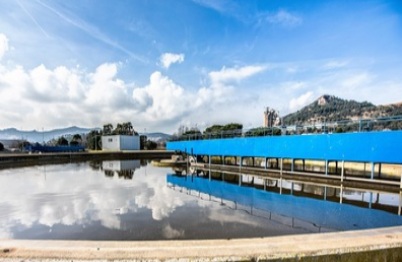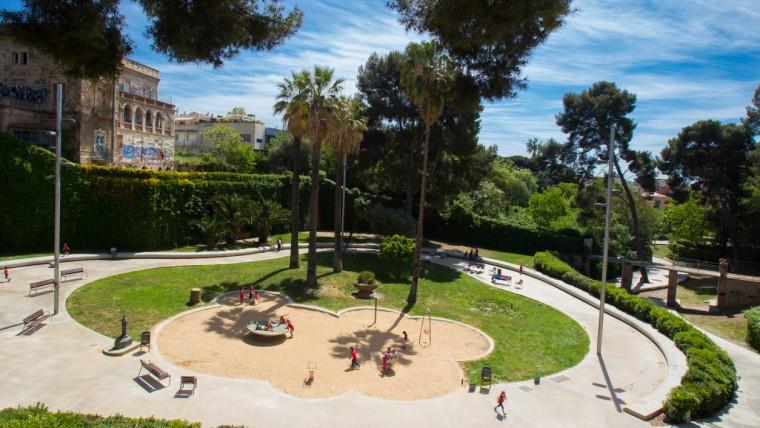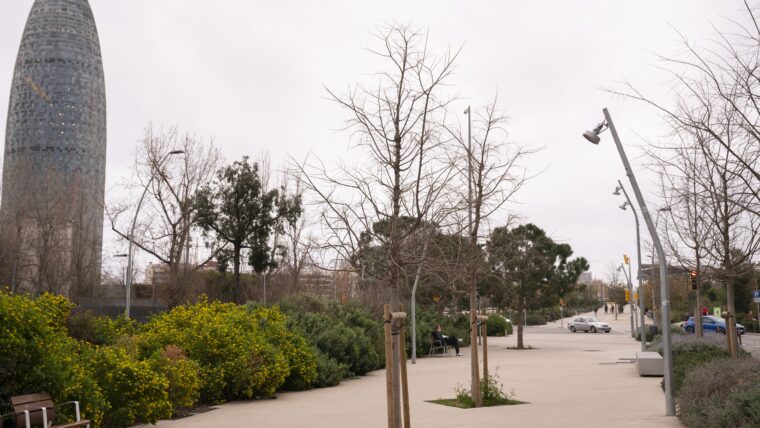ENVIRONMENT AND CLIMATE CHANGE
Implementation of SUDS in Barcelona

Sustainable Urban Drainage Systems (SUDS) are drainage solutions that provide an alternative to directly channeling surface water through networks of pipes and sewers to nearby watercourses. By mimicking natural drainage regimes, SUDS aims to reduce surface water flooding, improve water quality and enhance the amenity and biodiversity value of the environment. Suds achieve this by lowering flow rates, increasing water storage capacity and reducing pollution transport to the water environment. SUDS have been implemented in different projects in Barcelona since 2005.
Challenges addressed
• Integration with existing infrastructure: SUDS need to complement traditional drainage systems.
• Design, execution, and maintenance: There is a need to adopt the best available technologies and materials, while establishing clear methodologies for designing, implementing, and maintaining SUDS.
Main objectives
These systems have been used in Barcelona for over a decade and are complementary to conventional drainage, allowing for the natural flow behaviour of water to be replicated in urban areas by:
• Increasing concentration time: to extend the time it takes for surface water runoff to reach watercourses.
• Reducing flow rates: to minimize the speed at which runoff water enters drainage systems.
• Reducing volumes: to decrease the total volume of surface water runoff generated during rain events.
• Increasing infiltration: to enhance the ability of the soil to absorb and filter rainwater.
• Improving environmental quality: to enhance the overall quality of the urban environment.
External resources
Facts
Project type Sustainable Urban Drainage Systems (SUDS)
Partners Ajuntament de Barcelona
Beneficiaries Barcelona municipality and citizens
Dates 2005 – Ongoing
Website Technical guide for design of sustainable and urban drainage systems
Project description
The change in precipitation patterns may lead to alterations in the water cycle and an increased risk of flooding due to inadequate drainage. This is why various actions, included in both the Climate Plan and the Climate Emergency Declaration of January 15, 2020, are outlined, which are in line with the 2030 Sustainable Development Goals agenda. One of the objectives is the creation of healthier and more sustainable cities.
The systematic implementation of Sustainable Urban Drainage Systems (SUDS) is one of the actions that can help naturalize cities and address climate emergencies. These systems comprise a wide range of solutions to manage stormwater from a different perspective than conventional methods, combining hydrological, environmental, and urban aspects.
They aim to promote the retention, treatment, and localized drainage of rainwater for return to the environment or direct use, without the need for energy consumption or large infrastructure, while harnessing natural processes in the water cycle management.
In designing SUDS as urban green spaces, it is essential to consider as many parameters as possible, meeting requirements related to universal accessibility, mobility, functionality, environmental quality, biodiversity, urban landscape, sustainability, and resilience.
Impact and results
• Flood risk reduction: by enhancing the city’s drainage capabilities, SUDS help to better manage rainwater, reducing the likelihood of urban flooding during heavy storms.
• Increase of the urban green spaces: these systems also contribute to the creation of green urban spaces, such as rain gardens and permeable pavements, which help improve air quality, enhance biodiversity, and contribute to a more sustainable urban environment.
• Greater efficiency in stormwater management and reduction of the urban heat island effect: essential in addressing rising temperatures and extreme weather events.





